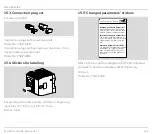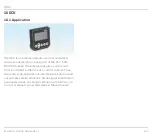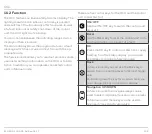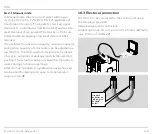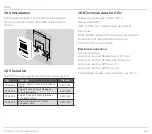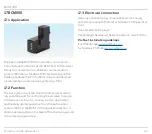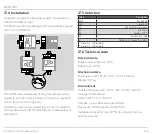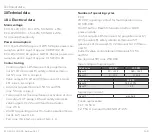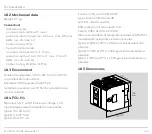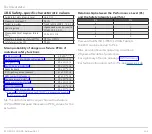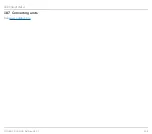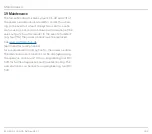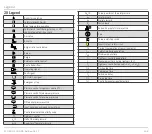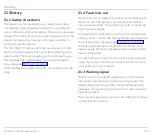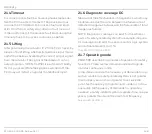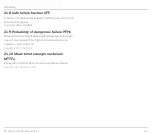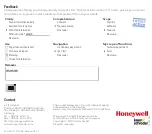
FCU 500, FCU 505 · Edition 02.17
146
Glossary
21 .4 Timeout
For some process faults, a timeout phase elapses be-
fore the FCU reacts to the fault. The phase starts as
soon as the FCU detects the process fault and ends
after 0 to 250 s. A safety shut-down or fault lock-out
is then performed. If the process fault ends during the
timeout phase, the process continues as before.
21 .5 Lifting
After positioning the actuator IC 20, the FCU checks by
means of brief lifting whether its feedback input (termi-
nal 52) has been activated by the correct output signal
from the actuator. The signal of the relevant control
output (ignition, OPEN, CLOSE) is switched off briefly
for this purpose. While the signal is switched off, the
FCU may not detect a signal at the feedback input.
21 .6 Diagnostic coverage DC
Measure of the effectiveness of diagnostics, which may
be determined as the ratio between the failure rate of
detected dangerous failures and the failure rate of total
dangerous failures
NOTE: Diagnostic coverage can exist for the whole or
parts of a safety-related system. For example, diagnos-
tic coverage could exist for sensors and/or logic system
and/or final elements. Unit: %.
from EN ISO 13849-1:2008
21 .7 Operating mode
EN 61508 describes two modes of operation for safety
functions. These are low demand mode and high de-
mand or continuous mode.
In low demand mode, the frequency of demands for op-
eration made on a safety-related system is not greater
than one per year and is not greater than twice the
proof-test frequency. In high demand mode or continu-
ous mode, the frequency of demands for operation
made on a safety-related system is greater than one per
year or greater than twice the proof-test frequency.
See also EN 61508-4

